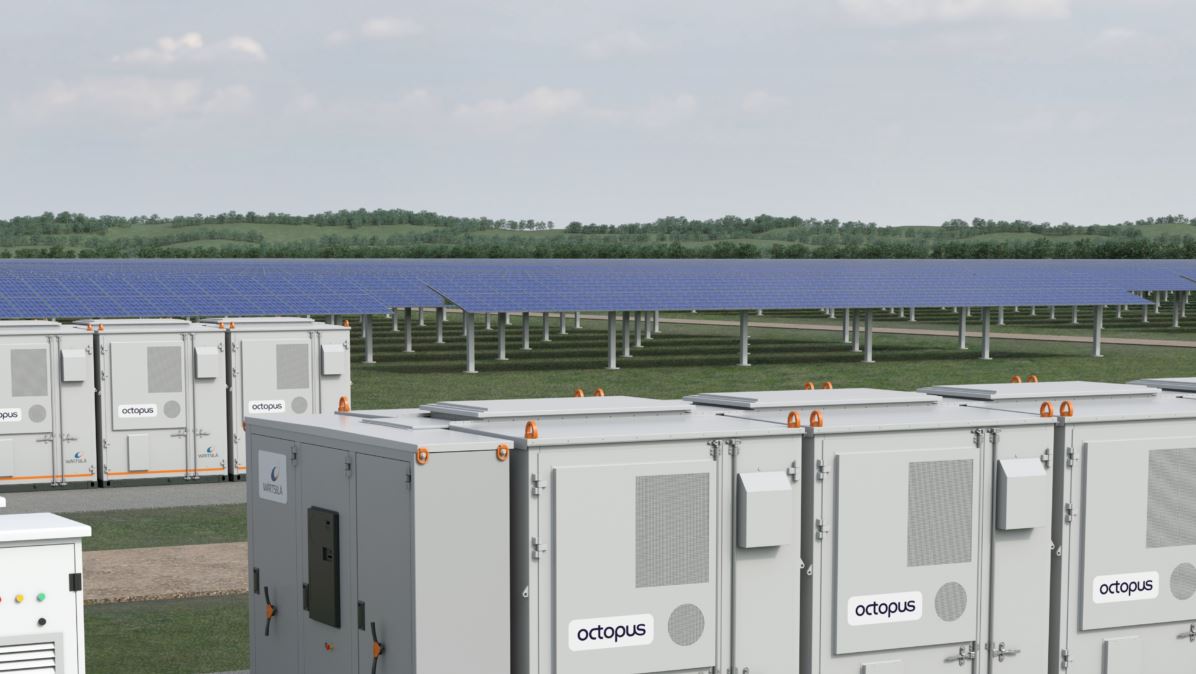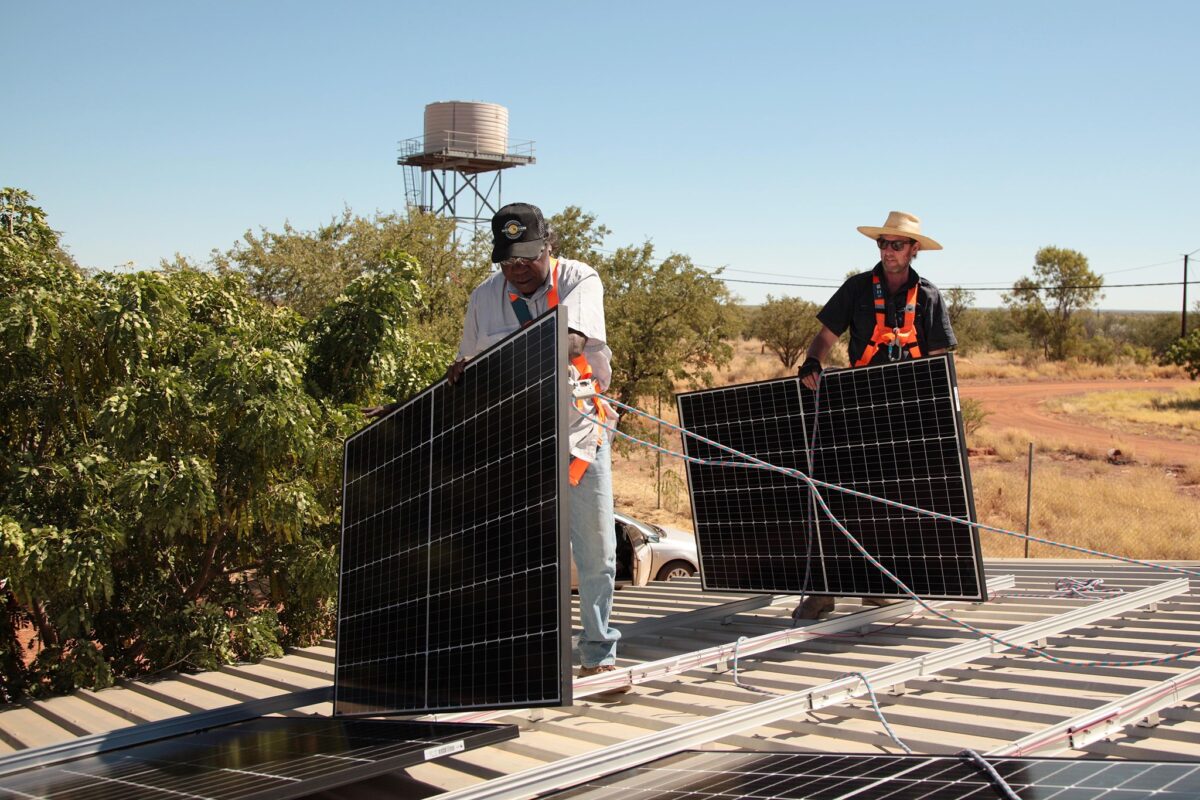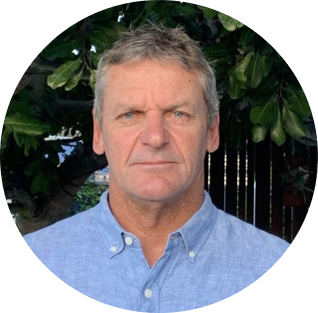Renewable energy investor and developer Octopus Australia has confirmed the successful financial close and start of construction of the 80 MW Fulham Solar Farm and 64 MW / 128 MWh DC-coupled battery energy storage system being built near Sale in Victoria’s Gippsland region.
The company said the project is supported by equity capital contributions through Octopus’ managed funds from key investors, including the Clean Energy Finance Corporation (CEFC), and Australian industry superannuation fund Rest.
“The successful close of Fulham solar farm and battery marks a major step forward in our mission to accelerate Australia’s energy transition,” Octopus Co-Managing Director of Renewables Australia Sonia Teitel said.
“This project demonstrates our ability to bring together institutional capital, government support, and leading-edge technology to create renewable assets that provide long-term benefits to our communities and investors.”
Awarded a supply contract by the state government under the second Victorian Renewable Energy Target (VRET2) auction, the Fulham project will feature a 64 MW, two-hour DC-coupled battery that will soak up solar energy form the 80 MW solar farm and dispatch it into the grid during peak demand periods.
CEFC Chief Investment Officer Monique Miller said the project’s hybrid solar and battery storage design will enhance local grid reliability while supporting Victoria’s clean energy transition.
“I congratulate the Octopus team on their work in showcasing the DC-coupled hybrid technology in this region,” she said. “Fulham will be one of the first of these configurations in Australia which allows the battery to charge directly from the solar farm when sunshine is plentiful and supply this electricity to the grid when it is needed to power homes and businesses.”
The Fulham facility is expected to be fully operational in 2027 and once online will generate enough energy to power 39,000 homes.
Gransolar subsidiary GRS has been awarded the engineering, procurement and construction (EPC) contract and Finnish energy technology company Wartsila has been tapped to supply the integrated battery energy storage solution.
The project is expected to support more than 150 jobs during the build phase and Victorian Energy Minister Lily D’Ambrosio said there are clear guideline in place to ensure the developer maximises the use of local businesses and locally manufactured materials throughout construction.
D’Ambrosio said the project is required to use 67% of local services, goods and materials during construction and 97% once operational as part of the content requirement across all VRET2 projects to support local supply chains.
“This project is a fantastic example of how we’re working with industry to provide opportunities for local supply chains and local communities to benefit from our renewable energy future,” she said.
The start of construction at the Fulham site is the latest milestone for Octopus in Australia where the company said it now has an operating and development portfolio of solar, wind and battery storage assets exceeding $11 billion (USD 6.58 billion)
Other projects in the company’s pipeline include the 350 MW Blind Creek Solar Farm and 600 MWh battery in New South Wales and the 500 MW / 1 GWh standalone Blackstone Battery in Queensland. Both are expected to move into construction later this year.
This content is protected by copyright and may not be reused. If you want to cooperate with us and would like to reuse some of our content, please contact: editors@pv-magazine.com.









By submitting this form you agree to pv magazine using your data for the purposes of publishing your comment.
Your personal data will only be disclosed or otherwise transmitted to third parties for the purposes of spam filtering or if this is necessary for technical maintenance of the website. Any other transfer to third parties will not take place unless this is justified on the basis of applicable data protection regulations or if pv magazine is legally obliged to do so.
You may revoke this consent at any time with effect for the future, in which case your personal data will be deleted immediately. Otherwise, your data will be deleted if pv magazine has processed your request or the purpose of data storage is fulfilled.
Further information on data privacy can be found in our Data Protection Policy.